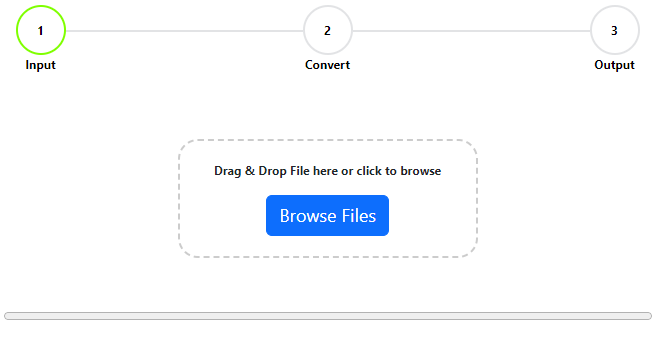Episode #45 – Mark Varley the CEO and founder of AddressCloud reminds us that geo-coding is not a solved problem and explains why and how inaccuracies during the geocoding process can have consequences in terms of risk assessment models used by insurance companies. Mark walks us thought how and why his company built its own geo-coder and why locating and describing addresses with rooftop level accuracy is the first step in building risk profiles. We also discuss the changing role of geo and GIS in the insurance industry.
This episode is sponsored by HiveMapper
A platform that takes video and creates 3D mapping layers based on that data. The video can be from a variety of different sensors, does not need to be vertically looking down on the geography and each 3D output is georeferenced!
You are more than welcome to reach out to me on social media, I would love to hear from you!





